Advertisement
To avert species' extinction, Mass. researchers plant Appalachian trees in Franklin County
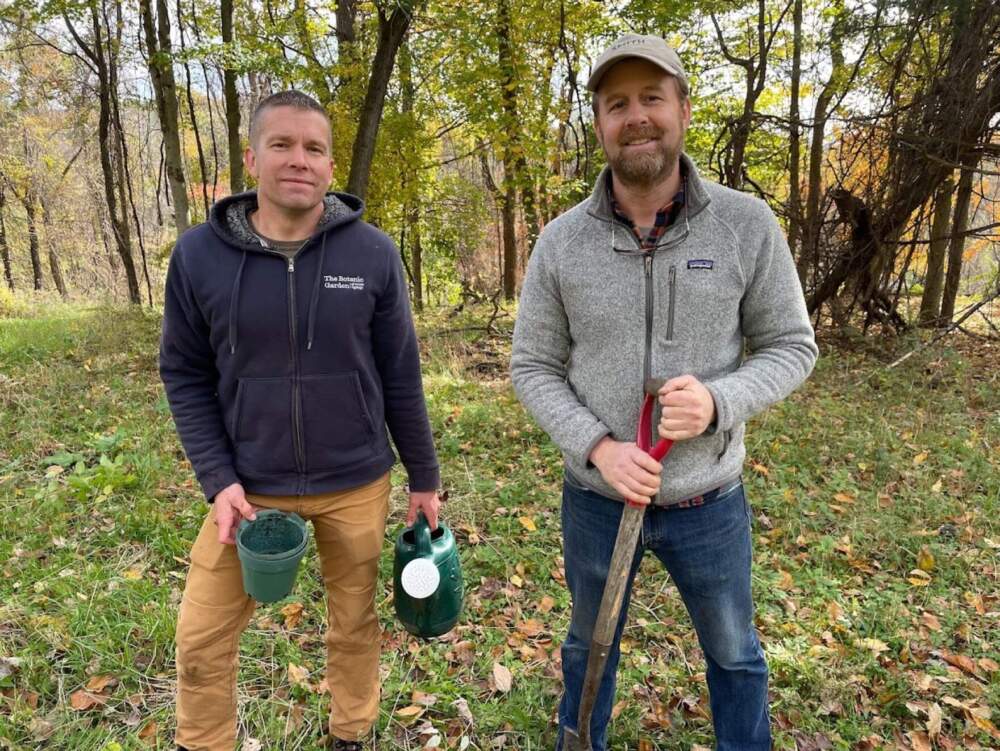
There are about 60,000 species of trees on Earth, and about 1 in 3 is at risk of extinction, according to a 2021 report from Botanic Gardens Conservation International.
Among them: the Magnolia fraseri — commonly known as mountain magnolia. Native to southwestern Virginia, they are seemingly unable to adapt fast enough to habitat loss.
Now two western Massachusetts researchers are taking steps locally to save the Appalachian tree.
"The mountain magnolia at lower elevations in their native range don't seem to be reproducing and replacing themselves," Smith College biology professor Jesse Bellemare said. "You have populations that are comprised just of older adult trees with no seedlings or saplings coming up through the forest to replace them.
At higher elevations, the trees are still reproducing.
"But the available habitat at those higher and higher elevations is shrinking. And so, the concern is that this species is retreating up the mountains and may eventually lose most of its native habitat," he said.
Bellemare, together with John Berryhill from Smith’s Botanic Garden, is attempting to translocate the tree to West Whately, Massachusetts.
“From our research in its native habitat and from the little bit of literature that is out on it, it’s a species that is usually an early successional one," Berryhill said. "It prefers those disturbed canopy gaps to thrive, and ultimately, they should be canopy trees."
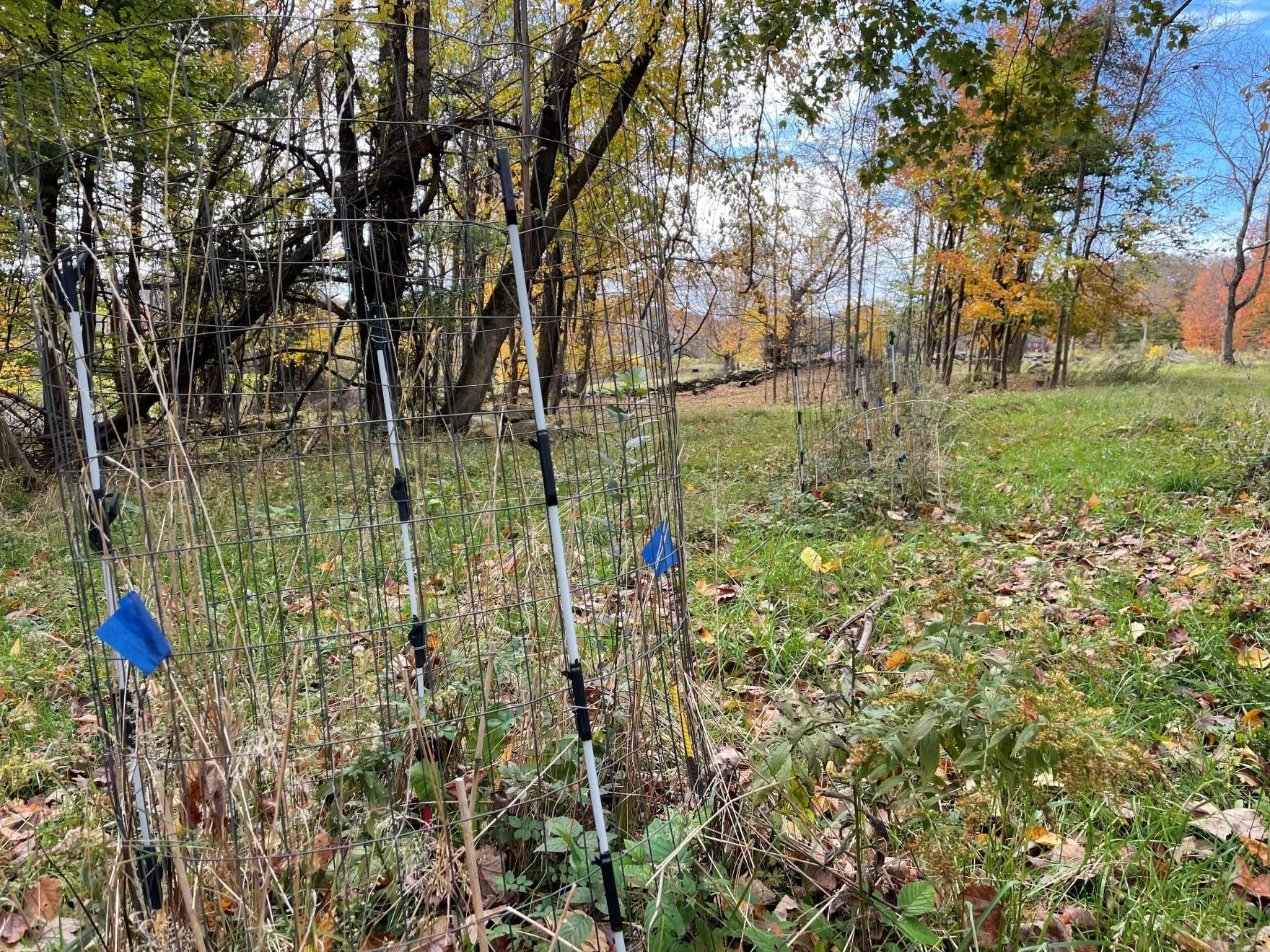
Those little pockets — filled with rays of sunshine — will help this tree to grow.
Unlike many trees and plants that are saved by seed banking, a sort of dehydration and freezing process, the finicky mountain magnolia seeds don't remain viable after that process. That’s why these researchers are trying to grow them in a test plot at Smith College’s Ada and Archibald MacLeish Field Station, a secluded former farm pasture.
The conservation collection is “a sort of a living gene bank for the mountain magnolia," Bellemare said. "We have been testing its germination ability in the conditions here in New England, and the idea here is to slowly build up a collection of genetically diverse mountain magnolia that would live here for decades [and become] sort of a living library of this species' genetic diversity.”
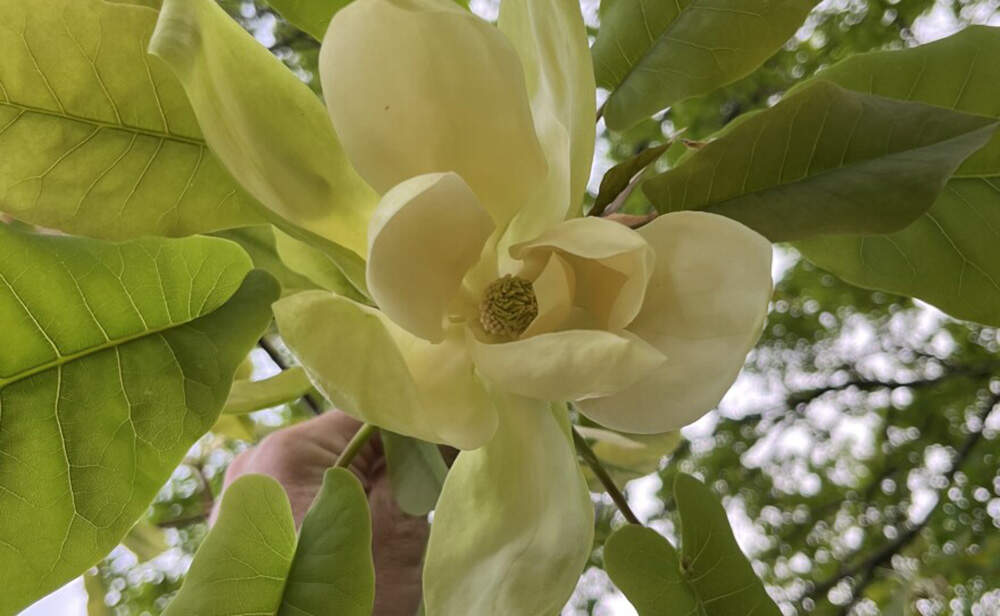
In nature, everything is connected, so the magnolia flowers and seeds could eventually help feed New England’s wild animals, like birds and squirrels.
On this day, the researchers had one more task to accomplish — one that involved tiny saplings and shovels.
Preparing to dig a hole for a young magnolia tree, Bellemare said these were propagated in the Smith greenhouse.
“The hope is to use these seedlings to gather some data on how this species withstands New England conditions, New England winters," he said. "And we're using this first wave of seedlings as a sort of a test of how the species does. As the collection expands in the next few years, that information will guide the density of seedlings we might plant, and what we can expect in terms of survival and mortality during the winter.”
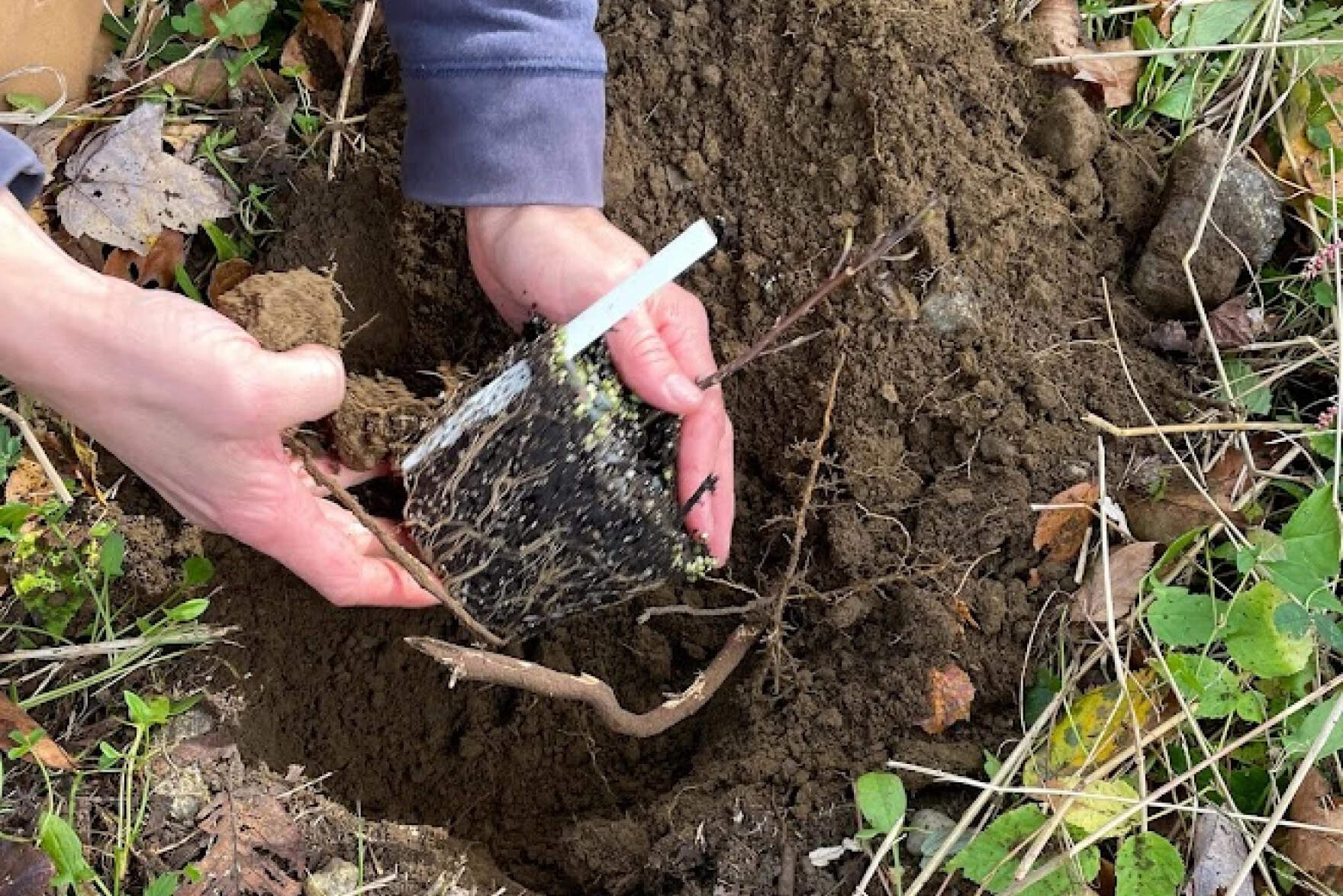
Berryhill and Bellemare chose a spot and cleared away the fallen leaves, then began digging holes. When the correct depth was reached, a fragile looking young magnolia with only a couple of leaves was planted and watered.
Bellemare said a key component of this work is to conserve this species, but it’s also about getting hands-on experience for Smith undergraduate
"I would say quite a few students have been very excited about this work because it is a positive response to climate change," he said. "Many students are very aware of the challenges to climate change, the threat that it poses to biodiversity, and don't want to sit on the sidelines.”
Taking a break from his planting, Berryhill interjected.
“It reminds me of a quote from our first botanic garden conservation intern, on this hillside taking soil samples, saying that she recalls learning in class after class that the world is burning," he recalled. "And you get that climate grief and sense of helplessness, and this was the first time that she felt like she was pushing back at that.”
Advertisement
Berryhill said it’s a decades-long project that he hopes will outlive the two researchers “by a long shot, but it's been nice to see we're planting plants that students collected, that they helped us grow.”
Asked how the researchers will know if the conservation effort worked, Berryhill was — at first — silent.
"We’ll know that we succeeded in building a collection in the future, 50 years from now," he said, "when the trajectory that in [Bellemare's] lab we were able to detect, if that trajectory continues, we’ll know the value of the success we had building that collection.”
Berryhill Bellemare are sharing the research with the Global Conservation Consortium for Magnolia, to inform similar efforts — one mountain magnolia at a time in western Massachusetts.
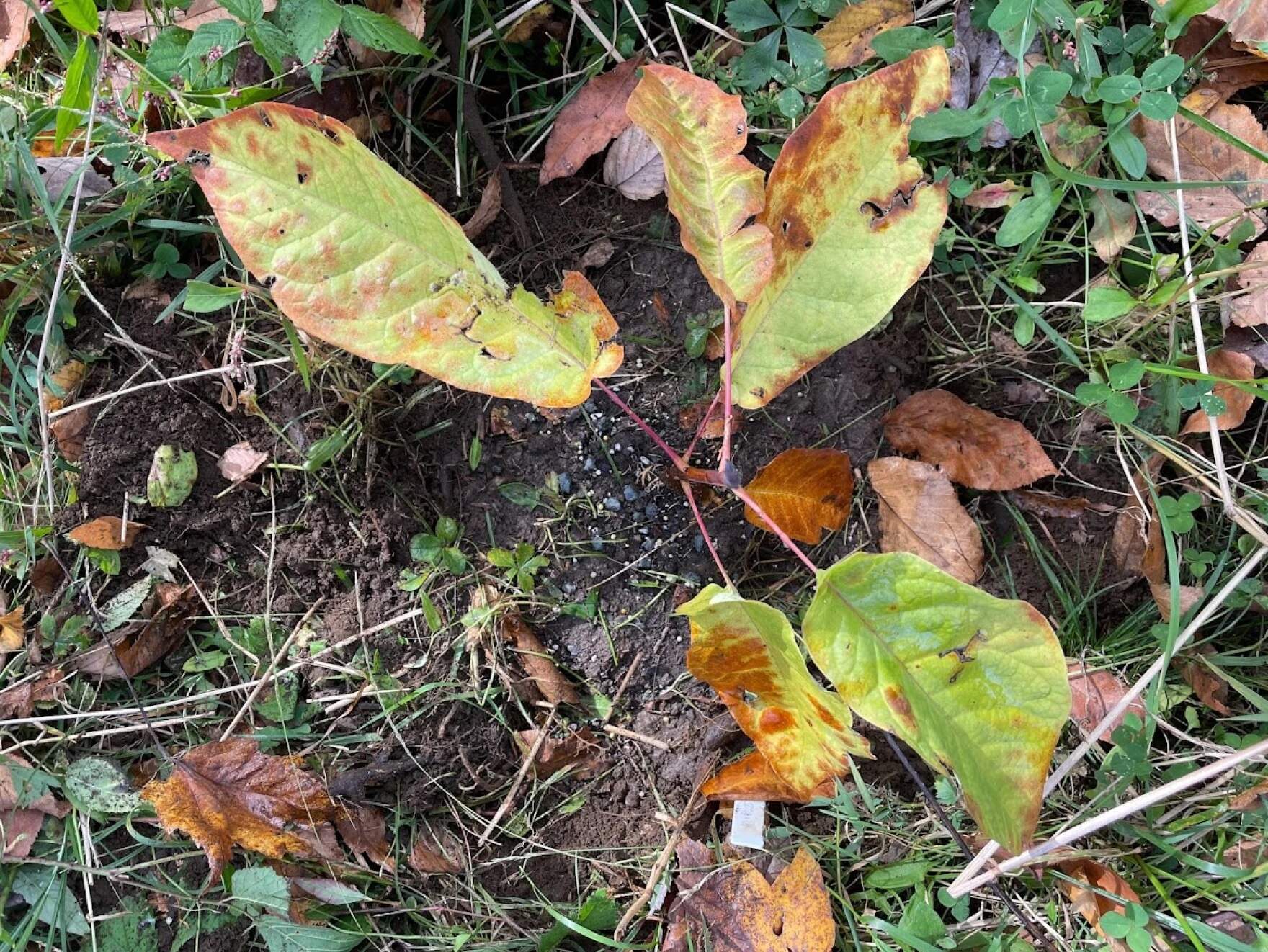
This story is a production of the New England News Collaborative. It was originally published by New England Public Media.